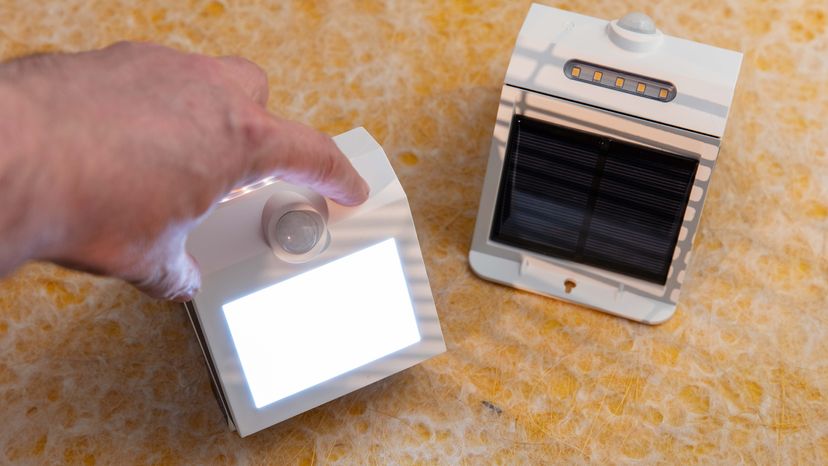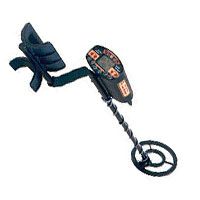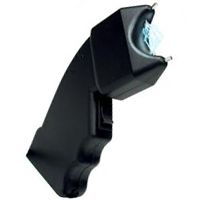
Motion detection stands as a cornerstone of modern security, both for businesses and homes. From simple sensors illuminating a backyard to complex home security systems and high-security areas, motion detection has changed the way we interact with environments. They've fortified boundaries in a way that fences and walls cannot.
Motion sensors can operate in a number of ways, using microwave radio energy or passive infrared radiation, to name two common types. In this article, we'll provide simple examples of motion sensor technology you see in daily life. We'll also discuss the principles, types, and applications of motion detection, providing a comprehensive understanding of this fascinating and ever-evolving technology.
Advertisement


